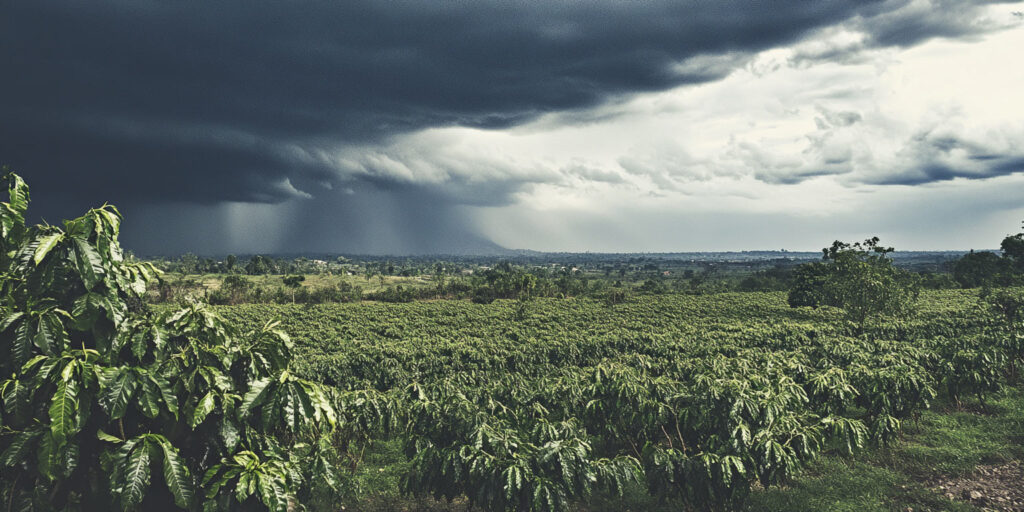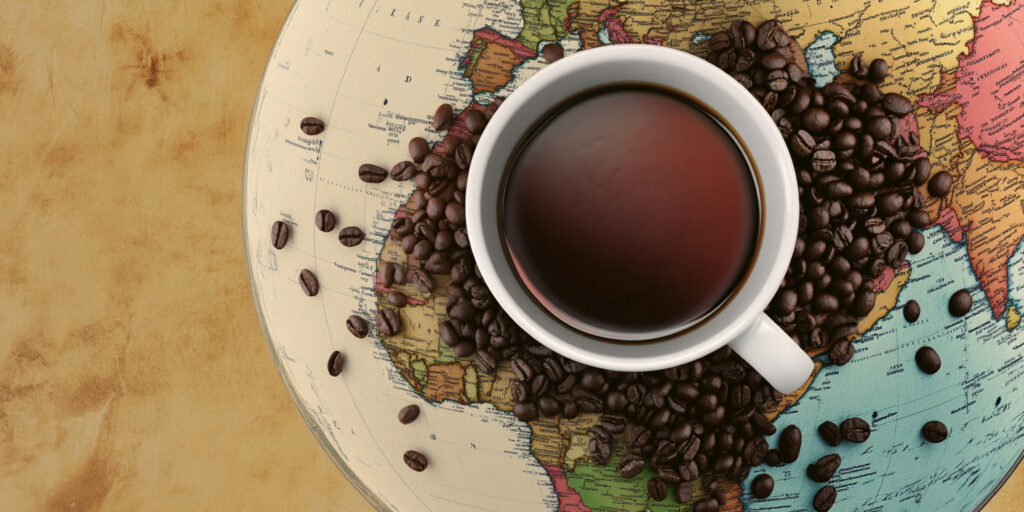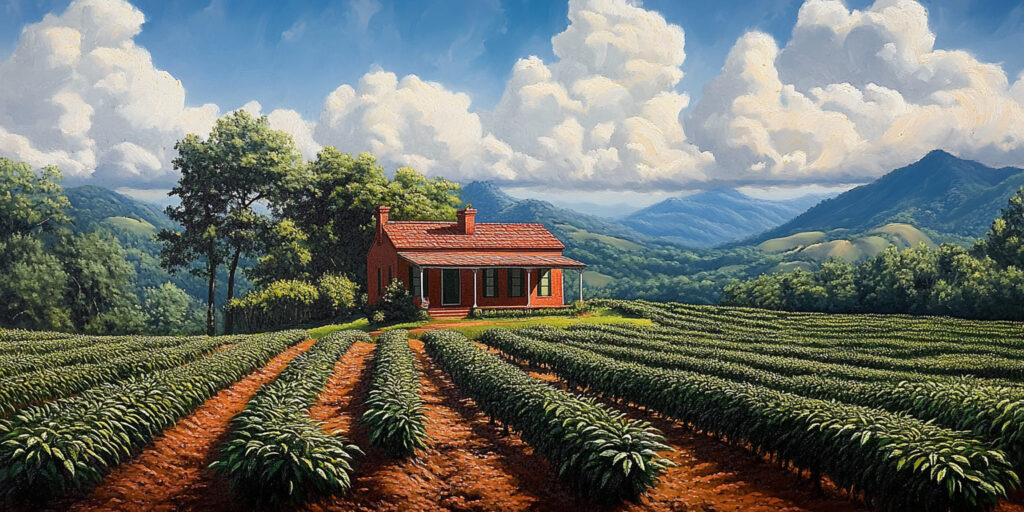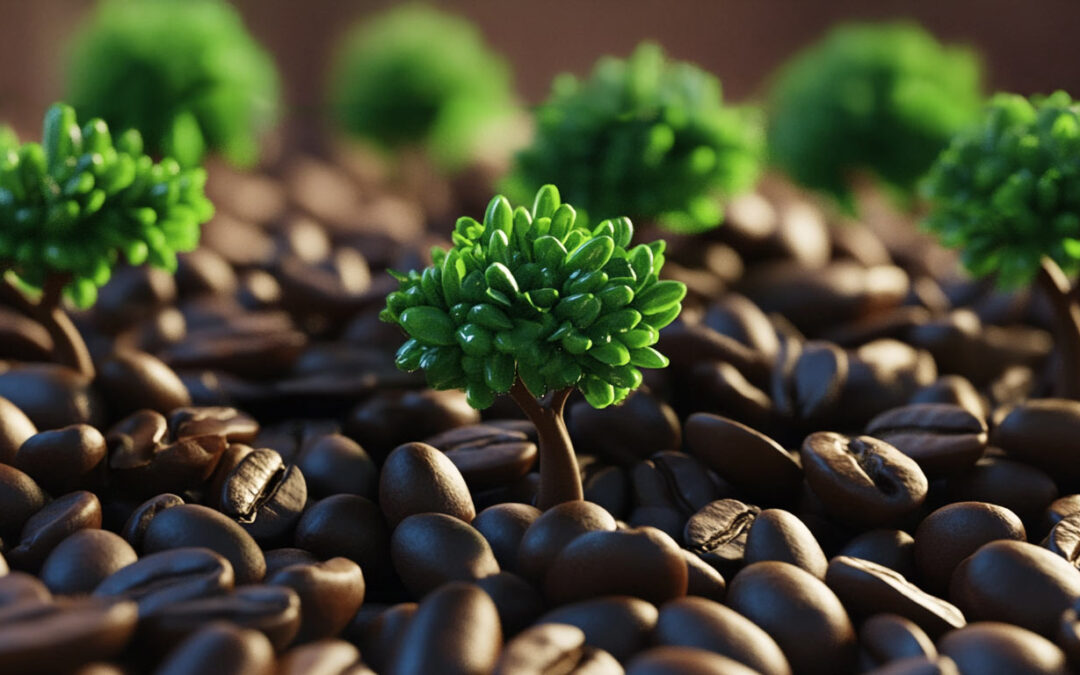Environmental Impact and Sustainable Coffee Farming
The coffee industry has long been tied to environmental changes, but in 2024, climate change is hitting harder than ever. Coffee farms around the world, particularly in regions like South America, Africa, and Asia, are struggling with unpredictable weather patterns, rising temperatures, and extreme weather events. This shift in the climate is leading to fewer suitable areas for coffee cultivation, reducing yields and increasing production costs.
Another major factor is deforestation. In order to meet the demand for coffee, farmers have been clearing large areas of land, which harms biodiversity and contributes to the greenhouse gases fueling climate change. While some farmers are moving toward more sustainable methods—such as shade-grown coffee or reforestation efforts—these practices are still not widespread enough to make a significant dent in the problem.

To break it down, here are some key environmental issues:
- Climate change: Rising temperatures and unpredictable weather patterns are shrinking coffee-growing areas.
- Deforestation: Clearing land for coffee production harms ecosystems and accelerates climate change.
- Soil degradation: Overuse of soil without proper replenishment leads to less fertile land for coffee plants.
If these issues continue unchecked, coffee farming as we know it could become unviable in many traditional regions.
Why Is There a Coffee Shortage in 2024?
In 2024, the world is experiencing a notable coffee shortage. The reasons for this are multifaceted and complex, but climate change is the primary culprit. Coffee plants, particularly the Arabica variety, are highly sensitive to temperature fluctuations. As global temperatures rise, it’s becoming increasingly difficult to grow coffee in traditional regions.
On top of that, labor shortages are compounding the issue. Coffee production is labor-intensive, and many rural farming communities are shrinking due to migration, lack of economic opportunities, and in some cases, natural disasters. This is reducing the available workforce, leading to fewer beans being harvested.

Other factors causing the shortage include:
- Pests and diseases: Warmer climates have led to a rise in pests like the coffee borer beetle and diseases such as coffee leaf rust, further reducing yields.
- Supply chain disruptions: The lingering effects of the COVID-19 pandemic and geopolitical tensions have slowed down coffee distribution.
This shortage is not just a temporary blip; it’s a sign of deeper systemic issues in coffee production that need to be addressed.
Are Any Steps Being Taken to Preserve Coffee Farm Production?
Yes, there are efforts underway to tackle these issues and preserve coffee production for the future. Farmers, researchers, and companies are collaborating on various solutions to help mitigate the environmental impact and boost coffee yields. Here’s a look at some of the key steps being taken:
- Sustainable farming practices: More farmers are embracing organic and shade-grown methods that protect the environment while promoting biodiversity. These methods can improve soil health and reduce the need for harmful pesticides.
- Climate-resistant coffee strains: Scientists are developing new coffee plant varieties that are more resilient to climate change, pests, and diseases. These new strains could help secure the future of coffee farming.
- Fair trade and ethical sourcing: Consumers are demanding more ethically sourced coffee, pushing companies to work directly with farmers to ensure fair wages and sustainable practices. This not only helps the environment but also supports local farming communities.

While these efforts are promising, they need to be scaled up to have a real impact. It’s a race against time to protect coffee production from the escalating threats posed by climate change and other challenges.
What Will Happen to Coffee in the Future?
The future of coffee production is uncertain, but one thing is clear: changes are inevitable. Based on current trends and resources, experts predict that coffee could become more expensive and harder to find in the coming decades. As climate change worsens, traditional coffee-growing regions may become too hot or dry to sustain production, forcing farmers to move to higher altitudes or even switch crops entirely.
Here are some possible outcomes for coffee’s future:
- Higher prices: With supply shrinking and demand staying steady, coffee prices are likely to rise significantly.
- New growing regions: Coffee production may shift to new areas that were previously unsuitable, like higher-altitude regions or even parts of North America and Europe.
- Innovative coffee alternatives: With coffee becoming scarcer, researchers and companies may look into creating lab-grown or synthetic coffee to fill the gap. While this might sound futuristic, it could become a reality if traditional coffee farming declines.
The coffee industry is at a crossroads, and the decisions made in the next few years will shape the future of this beloved drink. Consumers, farmers, and businesses alike need to work together to find sustainable solutions and ensure that coffee remains a part of our mornings for years to come.
Closing: A Future Brew in the Balance
As we move through 2024 and beyond, the future of coffee is uncertain but full of possibilities. From the environmental hurdles threatening farms to the innovative steps being taken to preserve production, the coffee industry is facing one of its toughest challenges yet. Whether we’ll be sipping on lab-grown brews or enjoying beans from new regions, one thing is for sure: the coffee we know today is changing. How we respond to these challenges will determine whether or not your morning cup remains a simple pleasure or a rare luxury.
So, the next time you take a sip of your favorite coffee, remember the complex journey it took to get there—and the uncertain future that lies ahead.

